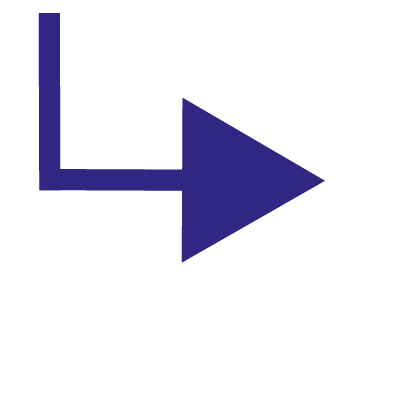A phenomenon known from quantum systems could now make its way into biology: In a new study published in
Physical Review X, researchers from the Max Planck Institute for Dynamics and Self-Organization (MPI-DS) in Göttingen show that the notion of topological protection can also apply to biochemical networks. As these are typically very complex and yet remain very stable against changes, topology can help in the emergence of robust oscillations. The model which the scientists developed makes the topological toolbox, typically used only to describe quantum systems, now also available to biology.
more



 Press coverage (click to open)
Press coverage (click to open)
 Press coverage (click to open)
Press coverage (click to open)